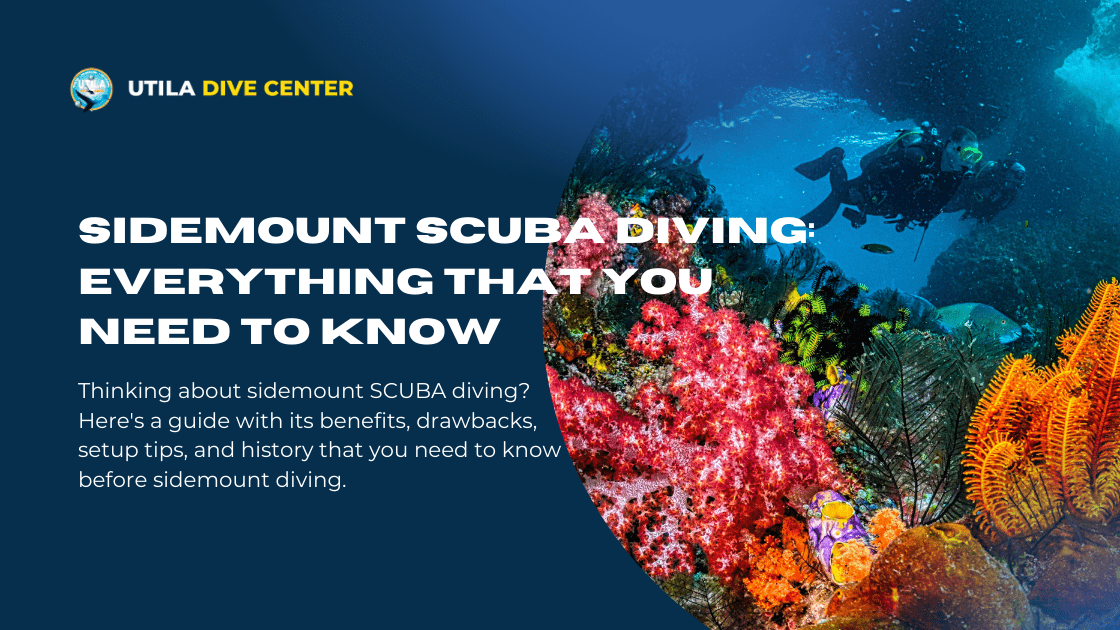
Sidemount SCUBA Diving: Everything That You Need To Know
Sidemount SCUBA Diving: Everything That You Need To Know
By: Manny Lagos | Date: 2025-09-28T10:06:50.596Z
Thinking about switching up your dive style or trying something new underwater?
Sidemount SCUBA diving gives you the chance to do so. It gives you more freedom, more control, and a whole new way to move through the water. Now, we’re not talking about ditching traditional setups, but exploring diving gear that adapts to your body, not the other way around.
Here, at Utila Dive Centre, we’ve seen a lot of divers fall in love with how flexible, balanced, and fun sidemount can be. And the best part? It’s not just for cave explorers or tech divers anymore, this diving setup is turning heads across the world.
In this guide, we’ll walk you through everything you need to know about sidemount diving: what it is, where it came from, what gear you'll need, and why so many divers are making the switch.
What Is Sidemount Diving?
Sidemount SCUBA diving is a setup where tanks are worn at your sides instead of on your back. It sounds like a small change, but trust us, it can completely transform your diving experience. Instead of hauling a single tank strapped to a heavy BCD, you attach one or two tanks to D-rings along your harness or sidemount diving BCD. The cylinders rest along your torso, giving you a sleek, low-profile shape that's perfect for streamlined underwater movements.
You get better balance, more control over your trim, and easier access to your valves and gauges. That means safer diving and more awareness underwater, which is exactly what we aim for at the Utila Dive Centre.
History & Origins of Sidemount SCUBA Diving
Believe it or not, sidemount diving wasn’t invented in a lab or by a dive gear brand. It started out as a smart DIY hack used by cave divers in the UK during the 60s and 70s (back then, those tight cave systems didn’t play well with back-mounted tanks).
So, divers started experimenting. They began clipping tanks to their sides, squeezing through tight spaces, and modifying their gear for better control. Fast-forward a few decades and this rough-and-ready setup turned into what we now know as sidemount SCUBA diving.
It really took off in Florida and Mexico’s cave systems, and as training agencies like PADI, TDI, and RAID caught on, sidemount courses and standards became widely available. Today, sidemount is popular across all dive types, from recreational to CCR sidemount tech dives. Interesting, right?
Want to learn about the history of SCUBA diving as well? Click here.
Benefits of Sidemount Diving
At UDC, we hear it all the time: “I wish I’d tried this sooner”. So what’s the big deal? Why are so many divers making the switch to sidemount? Well, here’s why:
- Unmatched comfort: No more heavy tank pressing on your spine! Yes, sidemount distributes weight evenly across your body, making the whole dive feel lighter.
- Better trim and balance: With cylinders positioned along your side, you can fine-tune your trim like never before. It’s a total game-changer for buoyancy control.
- Easier access: You can see and reach your valves, SPGs, and hoses without gymnastics. This makes gas management safer and much easier.
- Built-in redundancy: Two tanks mean two regulators and full gas redundancy, which is essential for technical diving or longer dives.
- Streamlined movements: Exploring the wrecks, reefs, or caves becomes effortless. Less drag, more fun.
And more than anything, sidemount diving encourages you to become a sharper, more mindful diver. You’re more in tune with your gear, your buoyancy, and your surroundings. Who doesn’t want that?
Different Sidemount Diving Equipment
Are you ready to build your sidemount setup? Here’s what you’ll need in your gear kit:
Harnesses & BCD Types
Let’s start with the base. A sidemount diving BCD is different from your regular jacket or back-inflate style. These are designed especially for trim and flexibility. Most come with a modular harness system, low-profile wing, and custom D-ring placements.
Popular sidemount BCDs like the XDEEP Stealth, Razor, or Hollis SMS are super adjustable and great for technical setups. For training and recreational use, we also love pre-configured systems that make getting started less intimidating.
Cylinder Selection: Aluminum vs Steel
Tanks can be aluminum or steel, and your choice affects buoyancy. In warm water (like Utila’s), aluminum tanks are more common. They become more buoyant as the dive goes on, so you’ll need to add trim weights.
Steel tanks stay negative throughout the dive and are usually used in colder water or technical sidemount and CCR sidemount diving.
Some divers also start with a single tank and move to doubles later. If you want, we can help you find the right match based on your dive style.
Regulator Setup & Routing
Now we’re getting to the fun part. Gear geeks: this one’s for you!
A basic sidemount setup includes two regs: one with a long hose (about 2 meters) for air sharing, and one with a short hose for primary use. Hoses are routed neatly along your body, either under your arm or around the neck.
You’ll also use bolt snaps to clip SPGs and elastic bungees to secure your second stages. It’s tidy and efficient, and once everything’s in place– it feels amazing. CCR sidemount requires a few extra components and training but follows a similar logic.
Accessories: Weights, Clips, Pockets
- Weights: Trim is everything in sidemount. We use spine weights, trim pouches, or waist-mounted weights to fine-tune buoyancy.
- Clips & Bungees: These help you attach and detach tanks quickly underwater. Don’t worry! It isn’t as complicated as it sounds, once you’ve practiced this a few times, it becomes second nature.
- Storage Pockets: These can be part of your harness or attached to your suit. Use them for SMBs, slates, or backup gear.
Just remember: Every piece of sidemount diving equipment should ultimately support two things: balance and freedom.
Drawbacks of Sidemount Diving
Is sidemount perfect? Almost, but it’s not without its learning curve:
- Takes time to master: It’s a new configuration, and setup can feel a little tough at first. But with a good instructor (you’ll find a lot of those at the UDC), you’ll pick it up in no time.
- Not always travel-friendly: Hauling around a sidemount kit plus two tanks isn’t ideal for every boat or travel plan.
- Gear-specific skills: Each sidemount diving BCD has its own personality. It takes practice to get familiar.
And yes, some dive shops or boats are still more set up for backmount diving. But that’s changing…fast. As sidemount gets more popular, more and more facilities (like ours) are ready to help you dive sidemount with utmost ease and confidence.
Conclusion: Why Choose Sidemount SCUBA Diving?
Sidemount SCUBA diving isn’t just about looking cool (though it definitely does). It’s about diving smarter, lighter, and with more control. It gives you the freedom to move naturally and the skills to manage your gear like a pro.
Whether you’ve been diving for a while and are looking to shake things up or you want to get into technical diving– sidemount diving might just be your new obsession.
At Utila Dive Centre, we offer hands-on sidemount and CCR sidemount training with experienced instructors who love nothing more than helping you fine-tune your gear, your skills, and your confidence.
So if you’re ready to take your diving to the next level, ditch the backmount, and grab your sidemount setup!
Learn more about diving now.
References:
[1] – Divinglore.com - An overview of sidemount diving: setup, benefits, and safety tips
[2] – Dresseldivers.com - Frequently asked questions about sidemount diving
[3] – Scubatechphilippines.com - A historical look at the evolution of sidemount diving
[4] – Scubatechphilippines.com - Sidemount diving techniques and gear configurations
[5] – Padi.com - PADI’s gear guide and introduction to sidemount systems
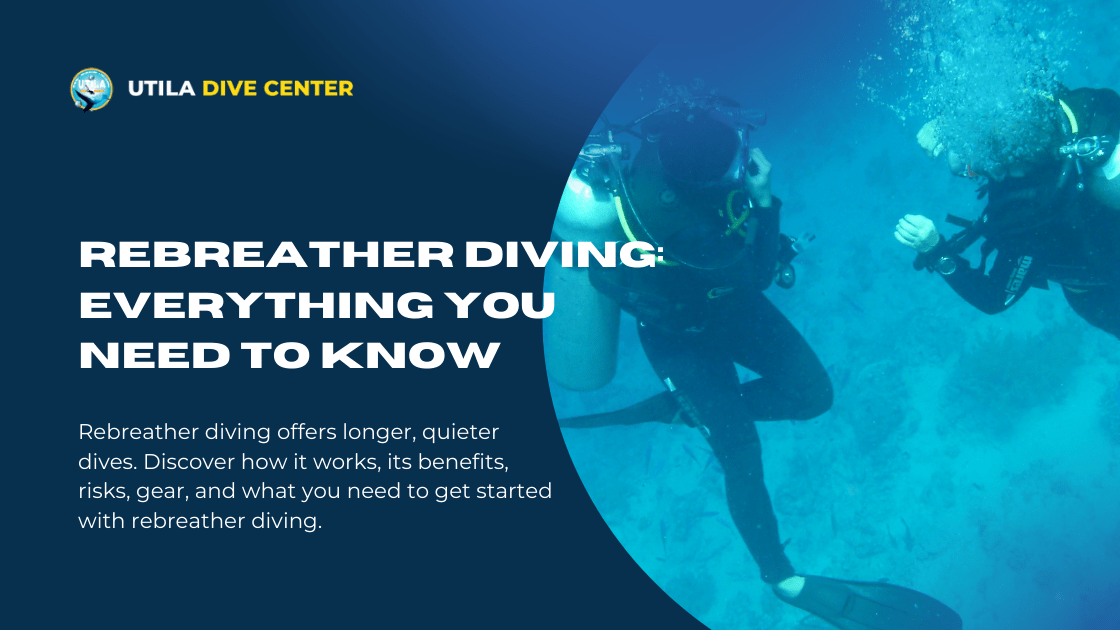
Rebreather Diving: Everything You Need to Know
Rebreather diving offers longer, quieter dives. Discover how it works, its benefits, risks, gear, and what you need to get started with rebreather diving.
Read more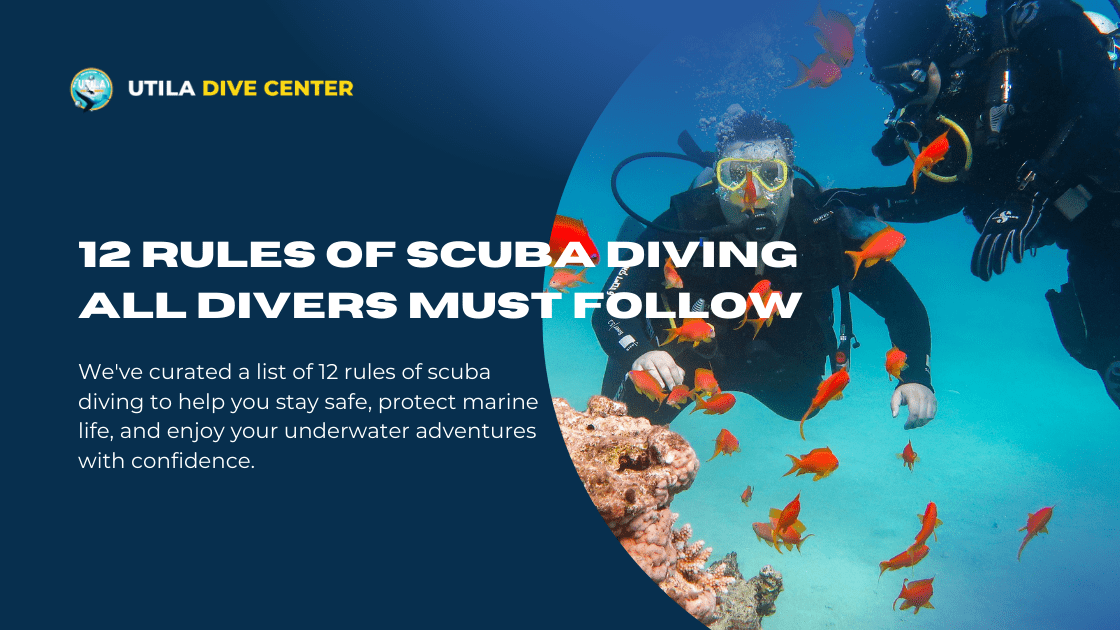
12 Rules of Scuba Diving All Divers Must Follow
We've curated a list of 12 rules of scuba diving to help you stay safe, protect marine life, and enjoy your underwater adventures with confidence.
Read more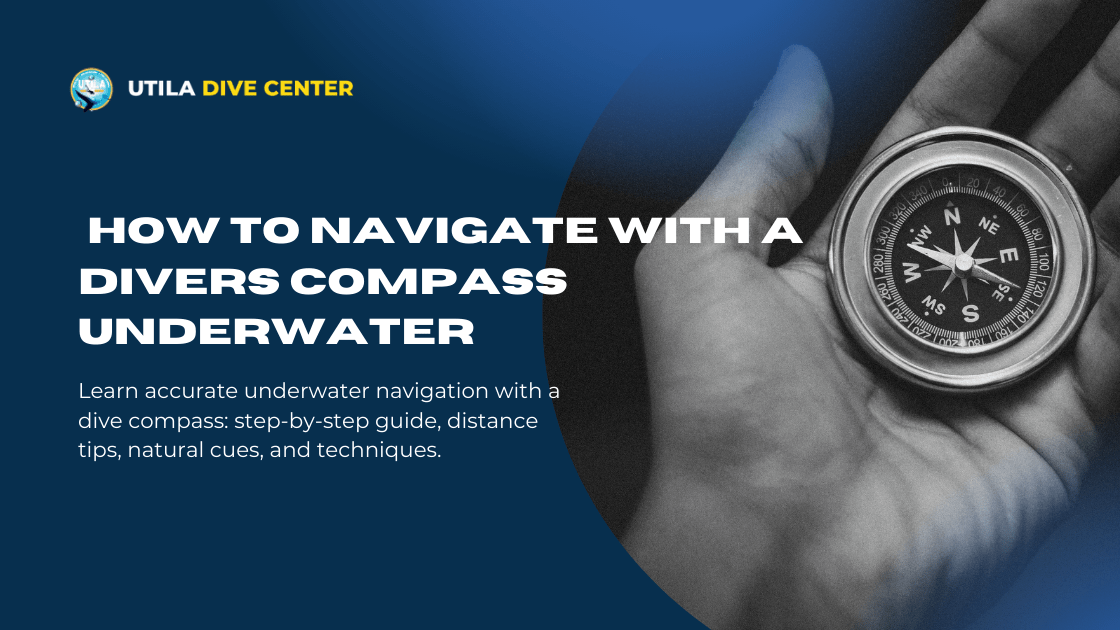
How to Navigate With a Divers Compass Underwater
Learn accurate underwater navigation with a dive compass: step-by-step guide, distance tips, natural cues, and techniques.
Read more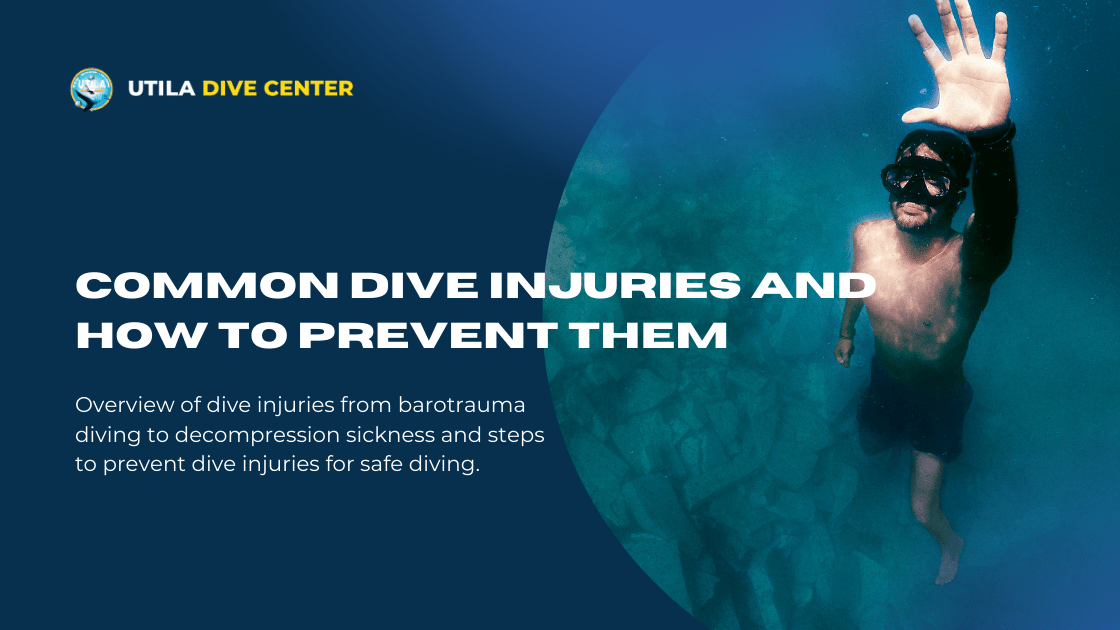
Common Dive Injuries and How to Prevent Them
Overview of dive injuries from barotrauma diving to decompression sickness and steps to prevent dive injuries for safe diving.
Read more